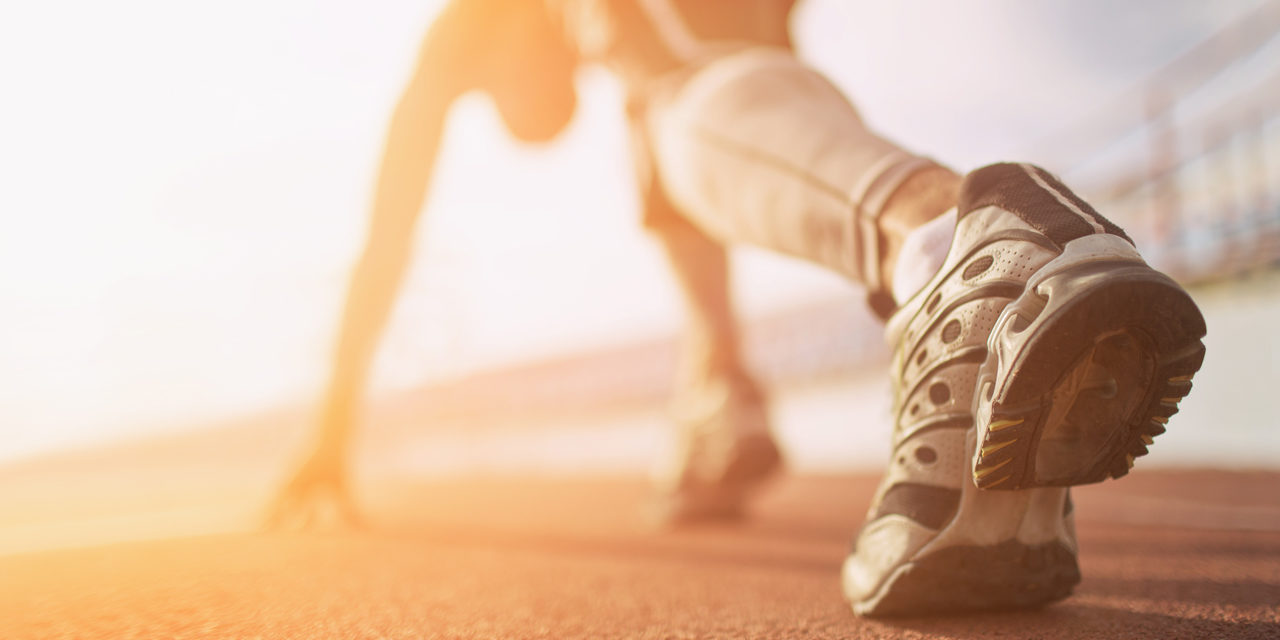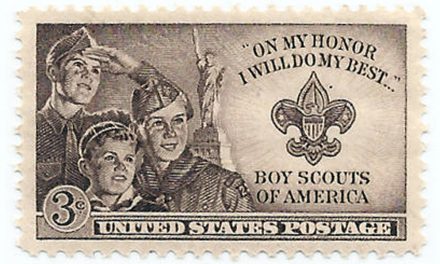Attorneys for the Alliance Defending Freedom(ADF) filed a motion on behalf of two female athletes to intervene in a lawsuit that seeks to strike down Idaho’s “Fairness in Women’s Sports Act.”
The Fairness Act, HB 500, limits participation in women’s and girls’ sports in Idaho public schools to athletes who are biologically female, keeping biological males who believe they are women from taking slots on girls’ teams. The measure was signed into law in March.
The motion to intervene would allow Mary Kate Marshall and Madison Kenyon, cross country and track athletes at Idaho State University and supporters of the law, to become involved parties in the challenge to the Fairness Act. The motion also asks the United States District Court for the District of Idaho to dismiss the lawsuit.
The American Civil Liberties Union filed suit against the Fairness Act in April, on behalf of two plaintiffs, asking the federal court to declare the law a violation of the plaintiff’s Constitutional rights.
The first plaintiff, Lindsay Hecox was born male. But the complaint calls Hecox “a woman who is transgender.” Hecox planned to try out for the Boise State women’s cross-country team in the fall.

The ACLU’s other plaintiff is 17-year-old “Jane Doe,” who is not transgender. She was born female and plans to try out for the Boise High School girls’ soccer team next August, in her senior year. Doe worries that someone will “dispute her sex” and fears she will have to endure “an invasive or uncomfortable test” to prove she is female.
Marshall, who is fighting to maintain the Fairness Act, will be a junior in the fall, while Kenyon is a rising sophomore. Both athletes competed last year against Jonathan Eastwood, who was born male but ran track and cross-country for the University of Montana women’s team last year.
Kenyon competed on the ISU cross-country team as a freshman, when she discovered that Eastwood, who competed as a male for three years, would run in his senior year as a woman. In the ADF motion Kenyon says, “I learned that while competing in the men’s division, Eastwood had recorded times in several events faster than the college women’s national record.” She adds that it was discouraging to watch Eastwood placing and medaling in women’s races.
Kenyon is a biology major who understands that male-female distinctions are innate. In the motion to intervene, she writes: “Scientifically, the biological differences between male and female are not matters of personal opinion, or features that can be changed or chosen. I am female, not because I chose to be female, or identify as female, but because every nucleated cell in my body is genetically marked female and my entire body developed in alignment with those female markers.”
Marshall also raced against Eastwood in the fall of 2019, and she’s aware of the differences between men and women in running. She writes, “Members of the men’s track team sometimes do easy runs with me and my teammates on the women’s track team. But we women are under no illusion that we would be competitive in a race against these men. Even our easy runs are at different paces. For example, an easy run for women is usually at an 8:30 pace, while an easy pace for men is around 7:30.”
Kenyon and Marshall are correct, biology matters for race results. Men and women have different hip and leg structures; heart and lung size and capacity; and bone and muscle density, as we’ve documented numerous times here at The Daily Citizen.
Those physiological differences lead to differences in race results, as a 2018 research paper from Duke Law points out. Dorianne Coleman, a Professor of Law at Duke Law School, and Wickliffe Shreve, Faculty and Scholarly Services Librarian at Duke Law School’s Goodson Law Library, compared the gap between male and female athletes. They write, “If you know sport, you know this beyond a reasonable doubt: there is an average 10-12% performance gap between elite males and elite females.”
While the gap is smaller between elite females and non-elite males, it still exists. They compare results between the world’s best women and performances by boys under 18 and by all men. Among other examples, they note: “Just in the single year 2017, Olympic, World, and U.S. Champion Tori Bowie’s 100 meters lifetime best of 10.78 was beaten 15,000 times by men and boys. (Yes, that’s the right number of zeros.)”
Their paper shows that in the 400 meters, the best women’s 2017 result was outperformed by 285 boys and 4,341 men. In the 5,000 meters, the best women’s result was 14:18:37. The best boy’s and men’s results were 12:55.58 and 12:55.23, respectively, with 15 boys and 1,243 men outperforming the top women’s result.
ADF attorney Christiana Holcomb says, “Girls deserve to compete on a level playing field. Allowing males to compete in girls’ sports diminishes women’s athletic opportunities and destroys fair competition.”
Holcomb, along with other ADF attorneys, is working to create fairness for female athletes. She says that Marshall and Kenyon should have “a voice in this lawsuit and the opportunity to protect the future of girls’ and women’s sports in Idaho.”
Related resources and articles:
ADF’s motion to intervene
ACLU Lawsuit Challenges Idaho Law Protecting Girl’s and Women’s Sports
Biologically Male Collegiate Athlete Wins Female Runner of the Week Award
Biologically Male Runner Decides to Compete as a Woman in College Cross Country






